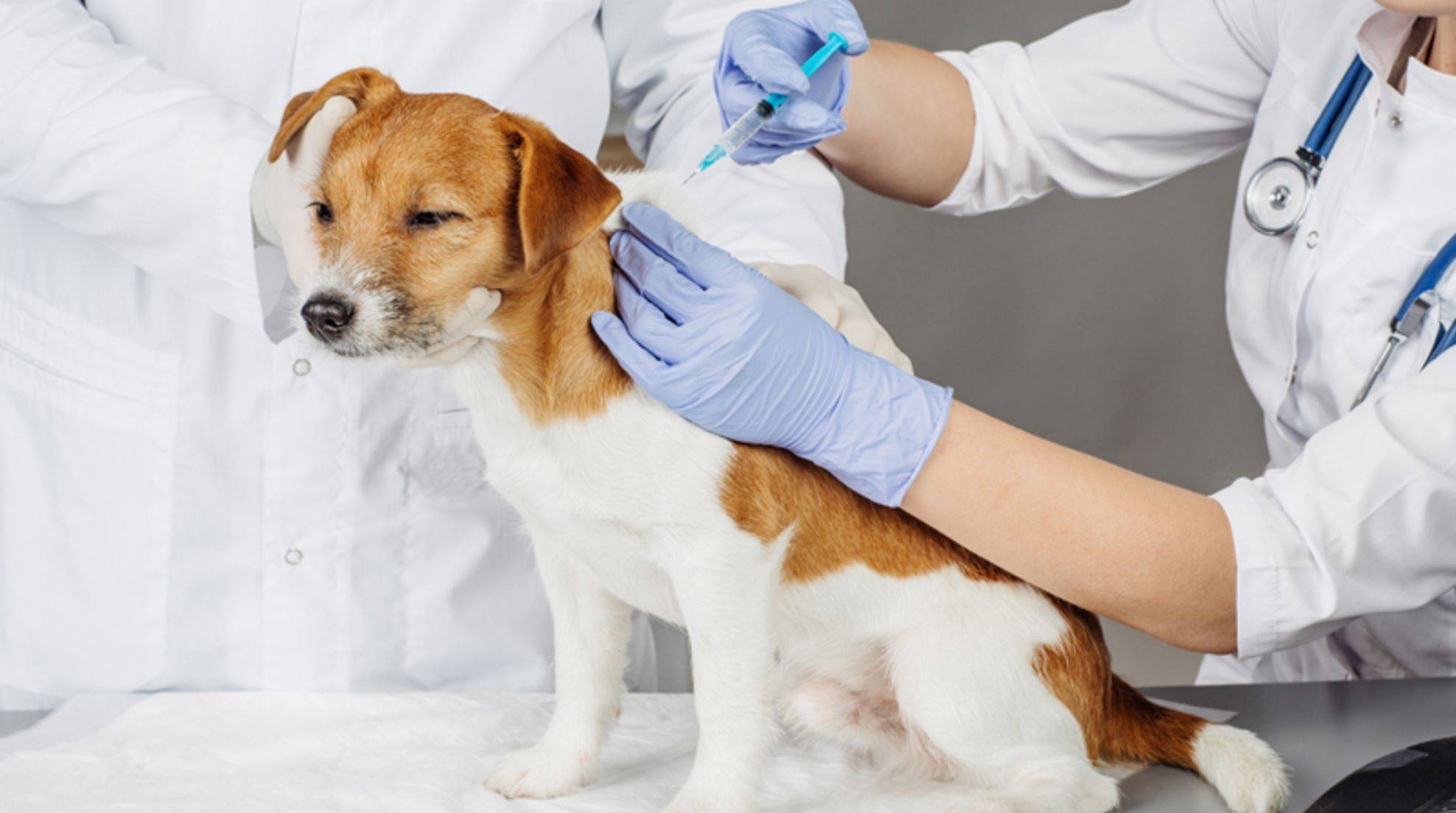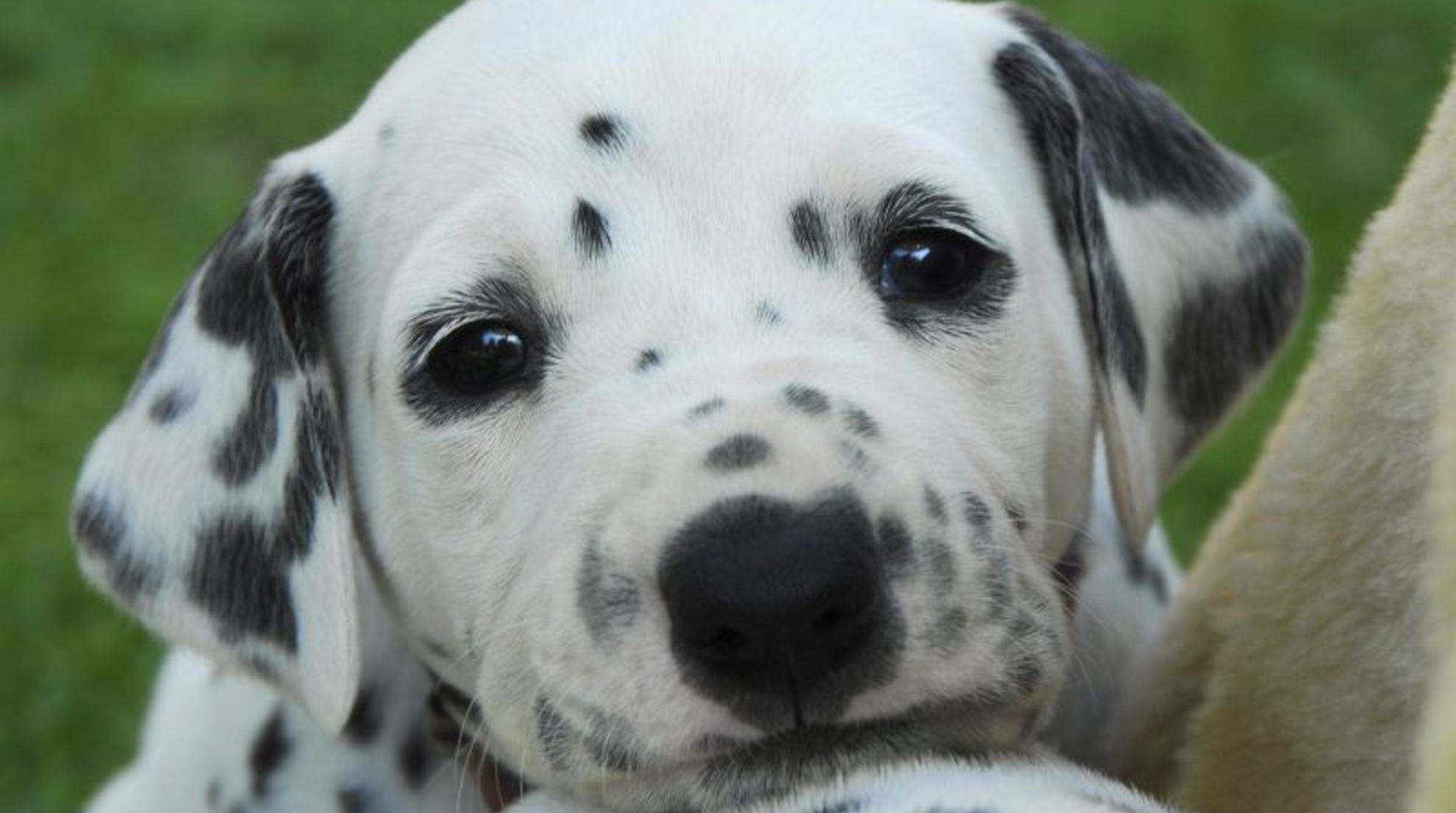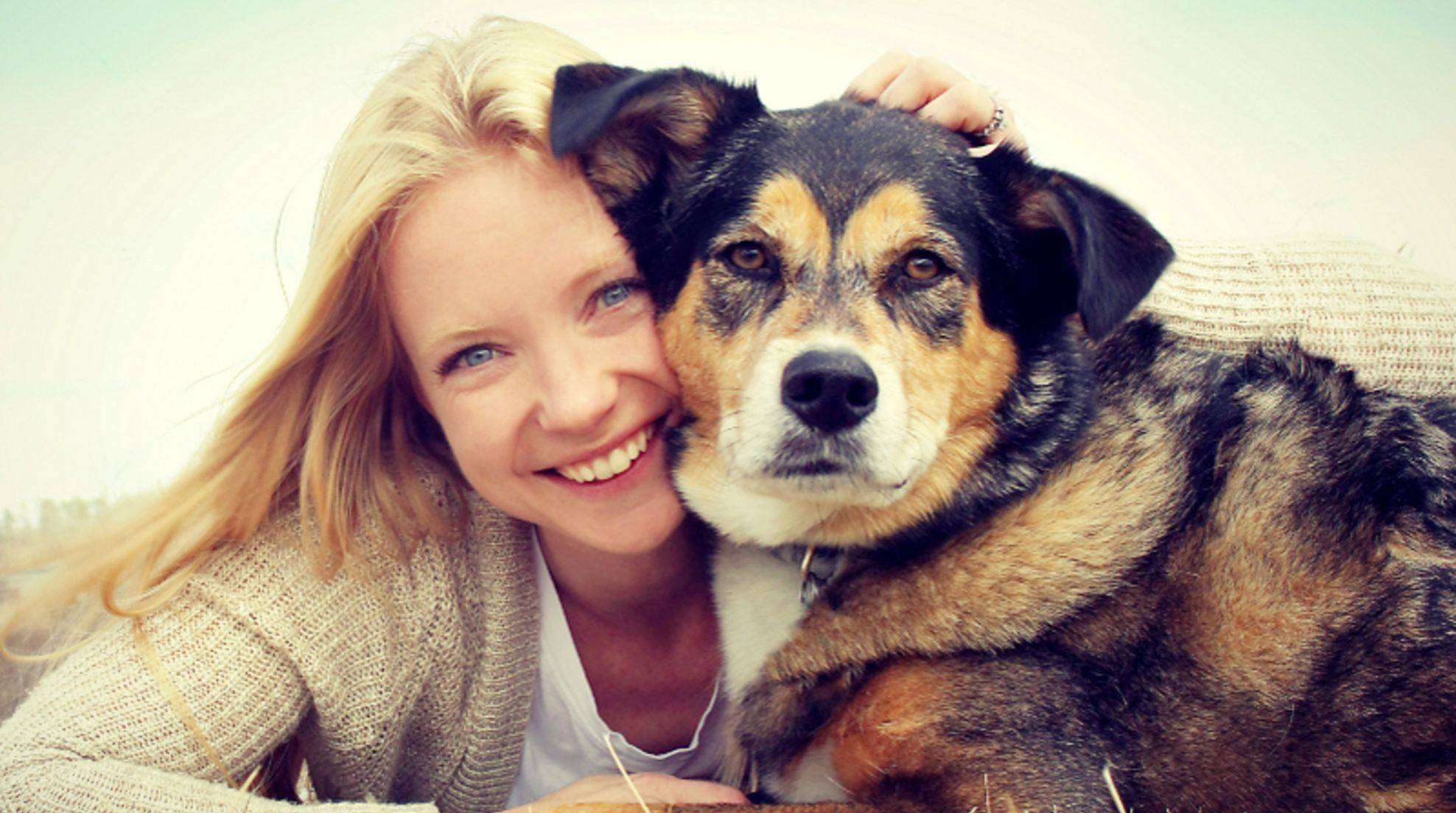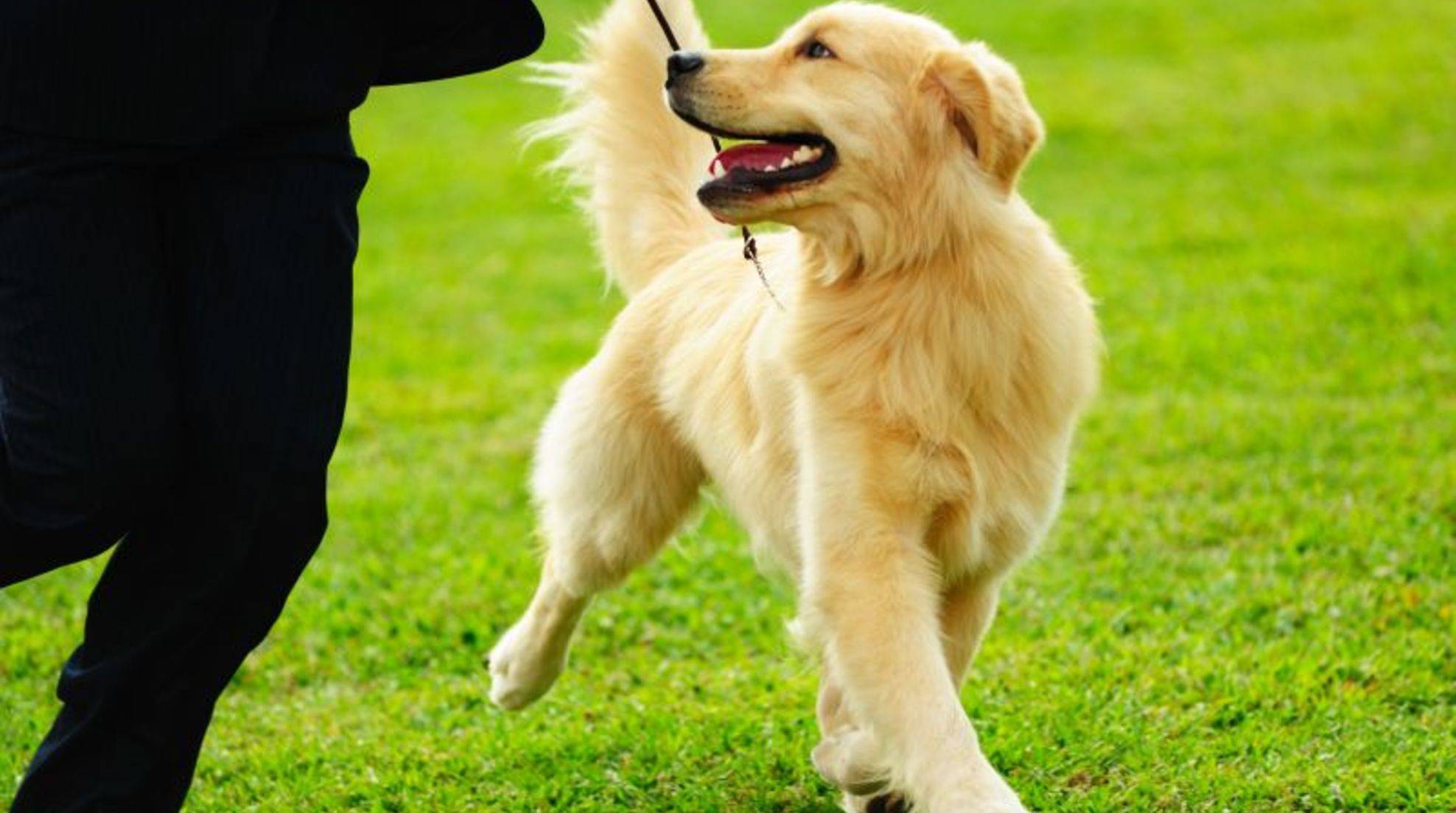Is the dog blind? How to recognize the symptoms
Many owners do not even notice at first that their dog is losing its vision. This is because a blind dog is not necessarily helpless. Dogs compensate well for their sight loss by using their sense of smell and hearing to orient themselves. Nevertheless, you must notice when your four-legged friend’s eyesight is failing. Only then can you optimally support your pelt-nose in everyday life.
How much you notice that your dog is blind depends on whether the loss of sight is gradual or sudden. A gradual loss is usually more challenging to recognize because your four-legged friend could get used to it slowly.
Blind dog: causes for the loss of vision
It rarely happens that a dog is blind from one day to the next. However, an acute retinal detachment called SARD (“Sudden Acquired Retinal Degeneration”), or an eye injury, for example, can extinguish sight within a short time.
However, much more common are eye diseases that cause your four-legged friend to go blind gradually. In cataracts, for example, the lens becomes increasingly cloudy until the dog’s eyes can no longer perceive anything.
Diabetes can also cause a dog to go blind. About 50 percent of all dogs with diabetes develop what is known as diabetic lens opacity over time. It severely impairs the four-legged friend’s vision and can even lead to complete blindness.
Dog goes blind: Recognizing typical symptoms.
Worried your dog is going blind? Signs of eye diseases like glaucoma are:
in the early stages: reddened, watery eyes
clouding of the lens
Enlargement of the eye due to increased intraocular pressure
A cataract becomes noticeable mainly by a progressive clouding of the lens. The clouding is especially apparent in photos taken with a flash.
If your cat unexpectedly loses its vision, it is uncertain, disoriented, and confused in the first days, perhaps even turning aimlessly in circles. So watch out for spontaneous, unusual behavior. As soon as your dog gets used to this condition, he can live well with his blindness.
In the case of slow blindness, your pet will gradually focus more on his other senses, especially his fine sense of smell and canine hearing, to find his way around his environment. As long as the dog is well aware of its surroundings, the loss of eyesight is hardly noticeable.
Small eye test for at home
If your four-legged friend seems disoriented or uncertain, you can test whether his pupil reacts to light. Shine a flashlight briefly on the eye. If the pupil narrows, your dog can still see; if it remains unchanged, he is probably blind.
Alternatively, you can drop a cotton ball in front of your dog’s eyes. If he looks behind the absorbent cotton, his vision is fine.
Another eye test is to cut two peepholes in a cardboard box at the same distance from each other as your dog’s eyes. Then hold the cardboard box in front of your dog’s face so that he can see through it. Wave one hand over the peepholes. Does the dog blink? This means that he has seen the movement. If he does not blink, this is another indication that he is blind.
However, final certainty can only be obtained by an eye test at the veterinarian.
Blind dog: aids for everyday life
Most dogs cope well with their blindness as long as they stay in familiar surroundings. Nevertheless, there are some measures and aids with which you can make life easier for your darling:
Do not rearrange your furniture; this could otherwise lead to disorientation and collisions in your four-legged friend.
Do not leave toys, bags, shoes, or similar objects on the floor that do not belong there. Your blind dog could trip over them.
Always place your dog’s bowl in the same place so he can find it easily.
Put edge protection on corners of furniture that could risk injury.
Doormats on stair landings or doorsteps can serve as a guide.
It is advisable to attach a blind symbol to a collar or harness when walking. In this way, you draw the attention of other dog owners and road users to your dog’s handicap. These can take then consideration. In addition, with a blind dog, it is even more vital that you keep your eyes open for possible sources of danger such as broken glass and obstacles such as puddles. After all, your dog can not perceive these themselves.








